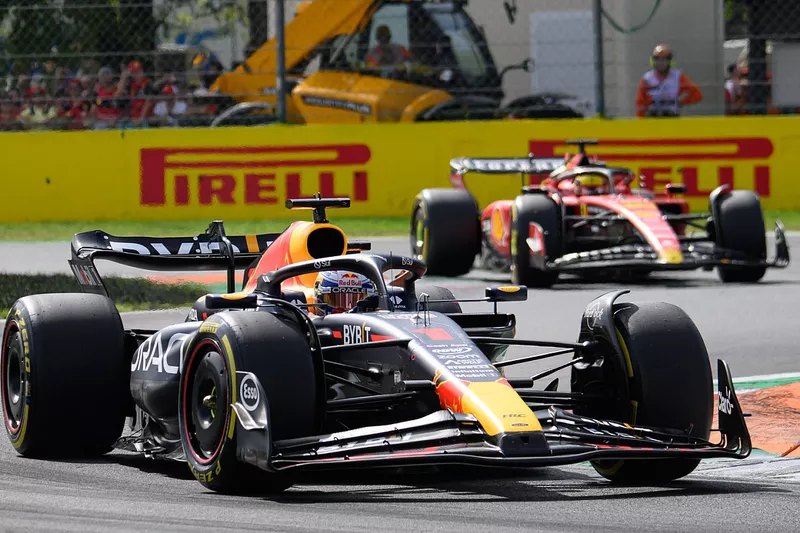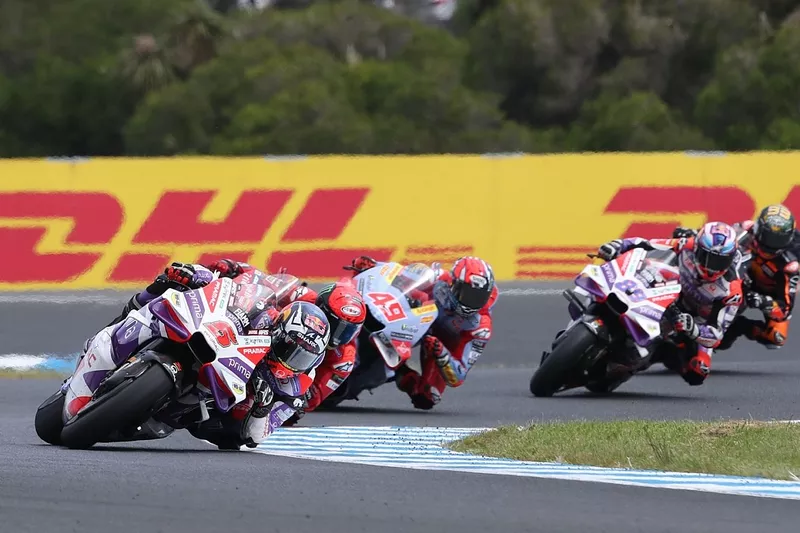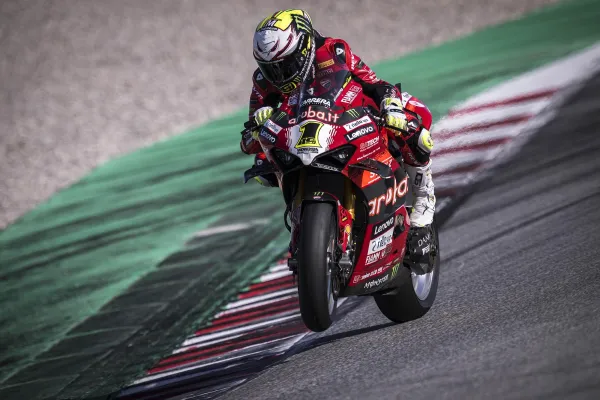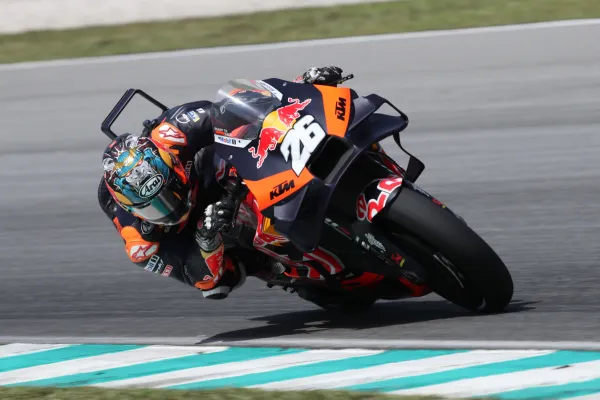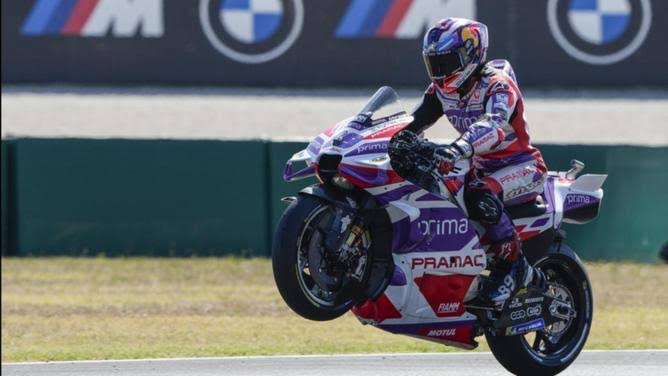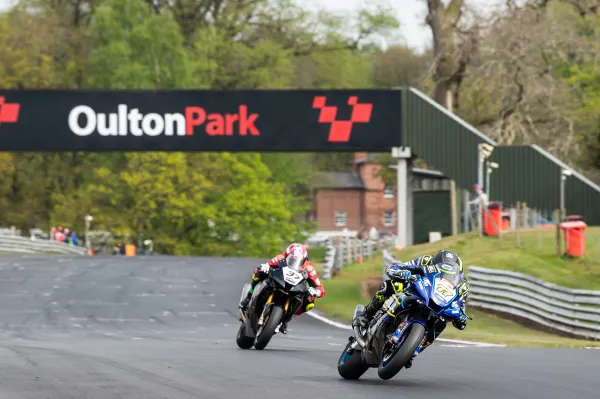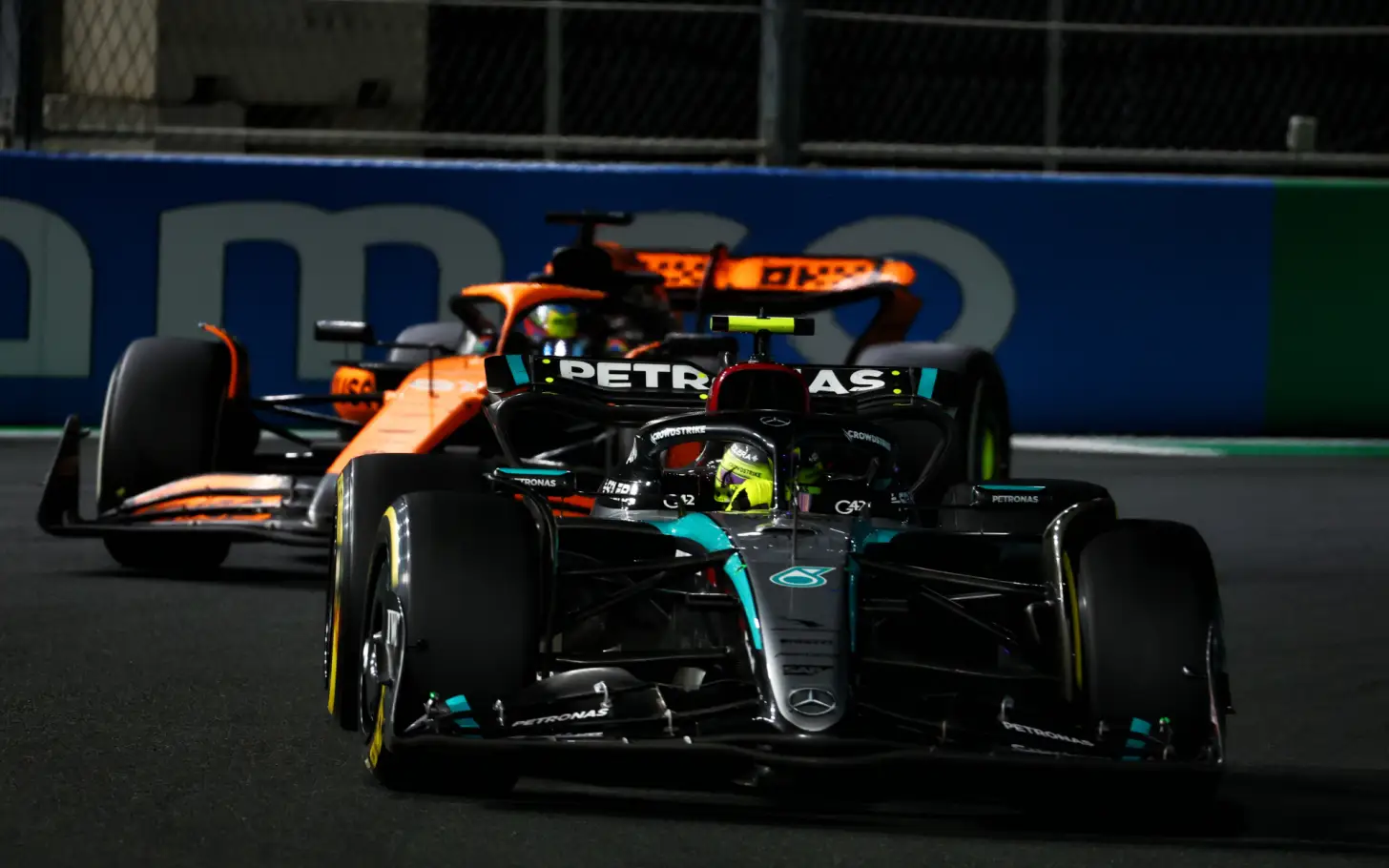Why Rivals Don’t Want Balance of Performance (BoP) to Stop Red Bull in Formula 1
In the fast-paced world of Formula 1, where every millisecond counts and innovation is paramount, the concept of balance of performance (BoP) has emerged as a hotly debated topic. While BoP has been employed successfully in other motorsport disciplines to level the playing field, many of Red Bull Racing’s competitors are skeptical about its potential introduction, even as the team continues its relentless march to dominance.
The Challenge in Singapore
Red Bull’s audacious endeavor to etch its name into Formula 1 history by winning every race in a season presented an intriguing challenge at the 2023 Singapore Grand Prix. Alterations to the Marina Bay city circuit, including the replacement of characteristic 90-degree turns with a longer back straight, promised to change the dynamics. This change could potentially provide an advantage to competitors like Ferrari, especially during qualifying.
DRS Limitations
Adding to the intrigue, the limited effectiveness of the Drag Reduction System (DRS) on the Singapore circuit could further hinder Red Bull’s recovery if they fail to secure pole position. The RB19, renowned for its prowess on traditional tracks, has historically struggled to excel on the uneven terrain of street circuits like Marina Bay.
BoP’s Role in Motorsport
Amid Red Bull’s continued dominance, the discussion surrounding the adoption of BoP in Formula 1 has resurfaced. BoP, widely employed in sportscar and GT racing, serves to equalize performance disparities among different teams and manufacturers. It introduces adjustments like turbo boost tweaks to help teams recover deficits and remain competitive.
Addressing Performance Disparities
Consider the scenario where Alpine claims a 30-bhp deficit that is hampering its campaign. BoP could potentially address this by implementing the necessary adjustments. Likewise, Mercedes could resolve driver complaints regarding an unstable rear end by having greater freedom to position ballast strategically. Teams like Williams may find solace in aerodynamic adjustments to mitigate downforce deficits.
BoP’s Success in Other Series
The effectiveness of BoP measures is evident in various other motorsport series, including the World Endurance Championship, IMSA SportsCar classes, and touring car championships. These categories embrace a diverse range of cars, from front- to rear-engine, front- to rear-wheel drive, hatchbacks to saloons, and V8s to V6s. This approach fosters manufacturer participation and exciting competition.
BoP in Formula 1: A Different Purpose
However, the application of BoP in Formula 1 would serve a different purpose: creating closer racing and enhancing the spectacle. While he sport’s pursuit of delivering thrilling races to fans could benefit from such measures, potentially leading to more unpredictable and competitive seasons.
Resistance to BoP
Despite the advantages of BoP in terms of creating closer competition, Formula 1 teams appear hesitant to embrace this concept fully. While their concerns extend beyond mere performance adjustments. Formula 1 has long prided itself on being a meritocracy, where teams vie for excellence through innovation and competition on a level playing field.
The Rngineer-led Era
While one possible reason for this reluctance is the changing landscape within Formula 1 management. Engineers have taken on more prominent roles in team leadership positions. Unlike other motorsport series, where team principals held sway, Formula 1 teams are now increasingly led by engineers who prefer to tackle performance deficits on their terms.
